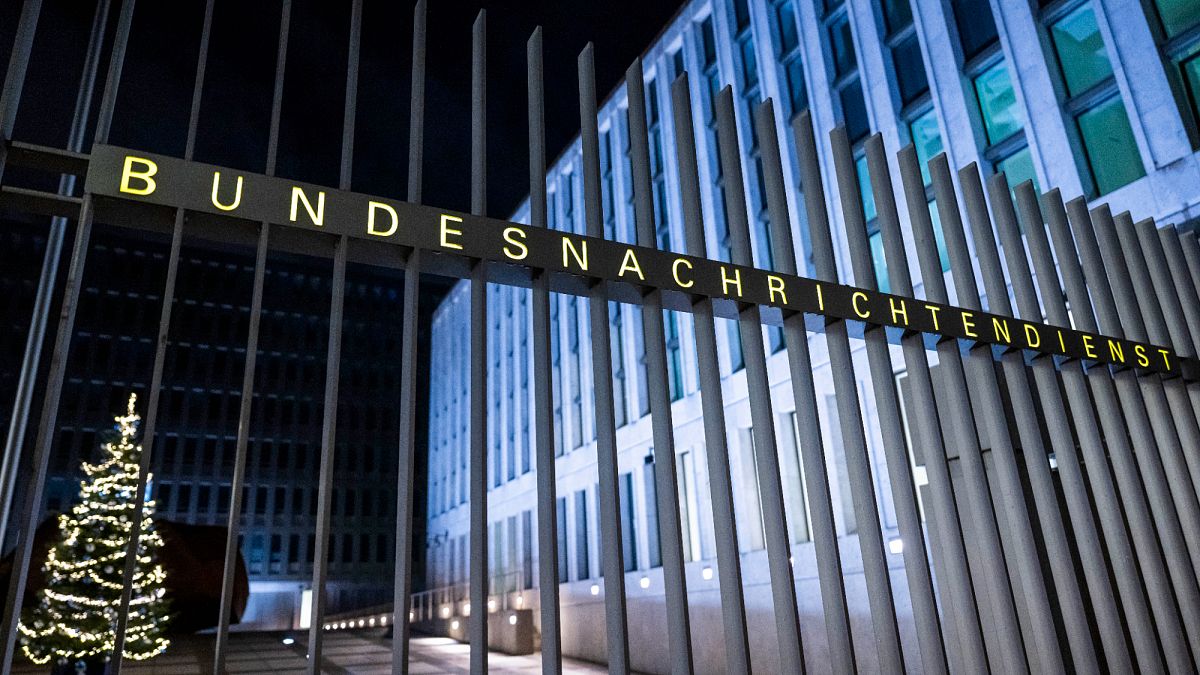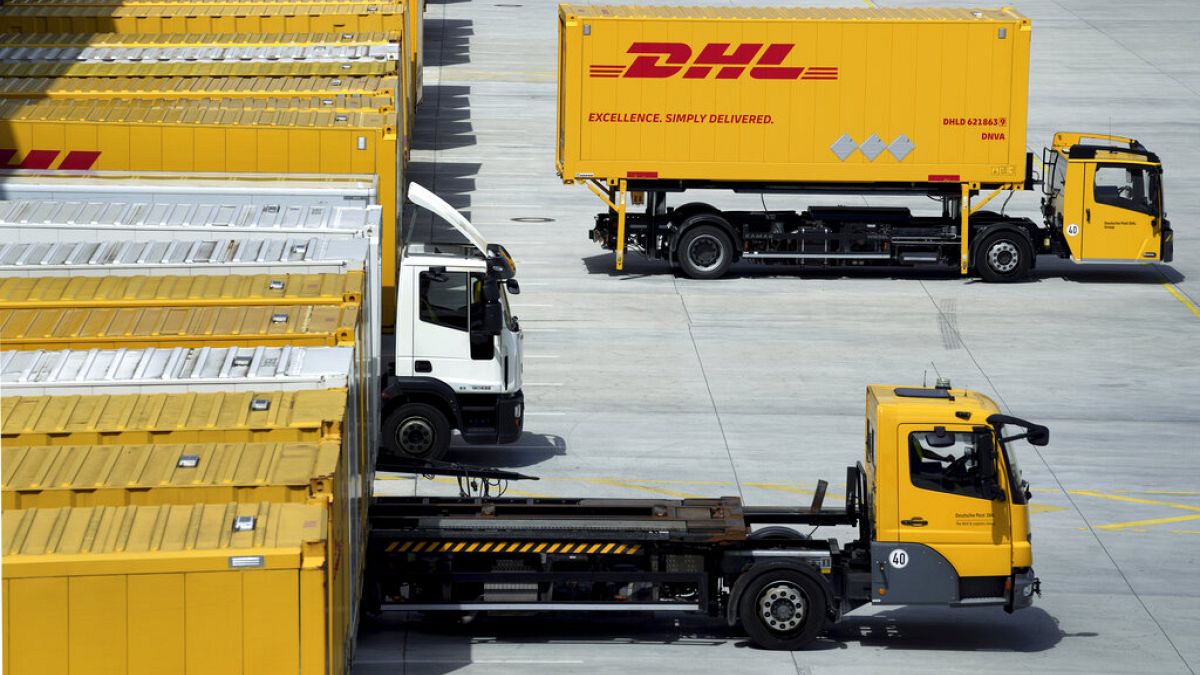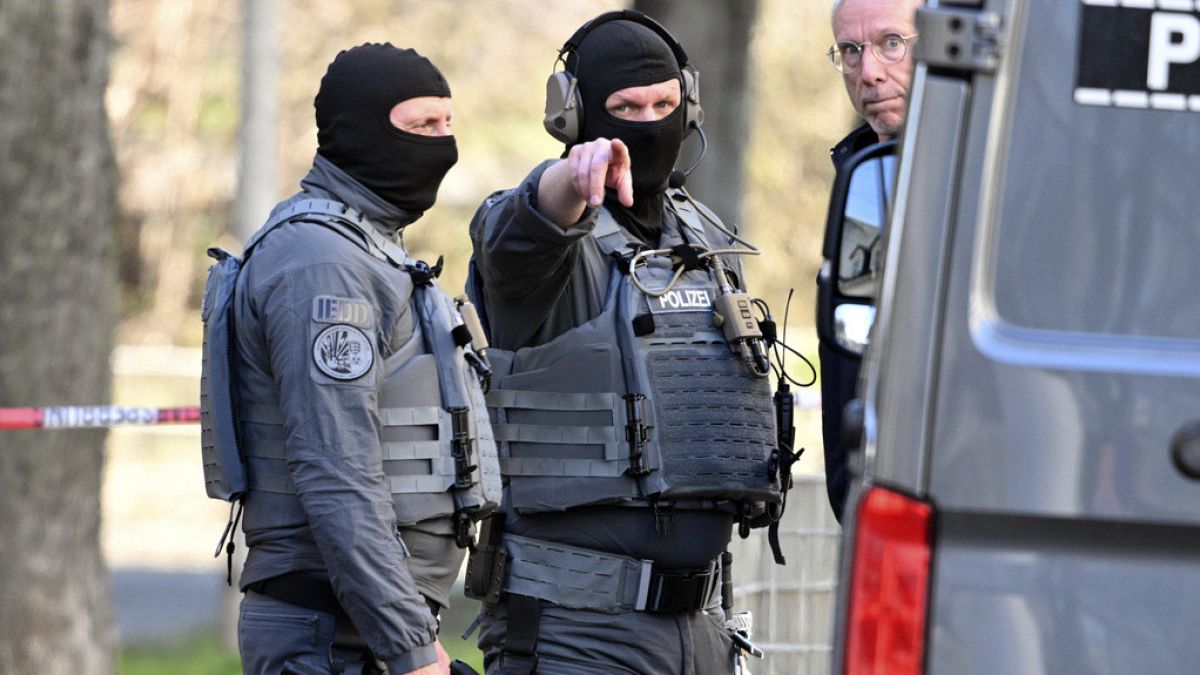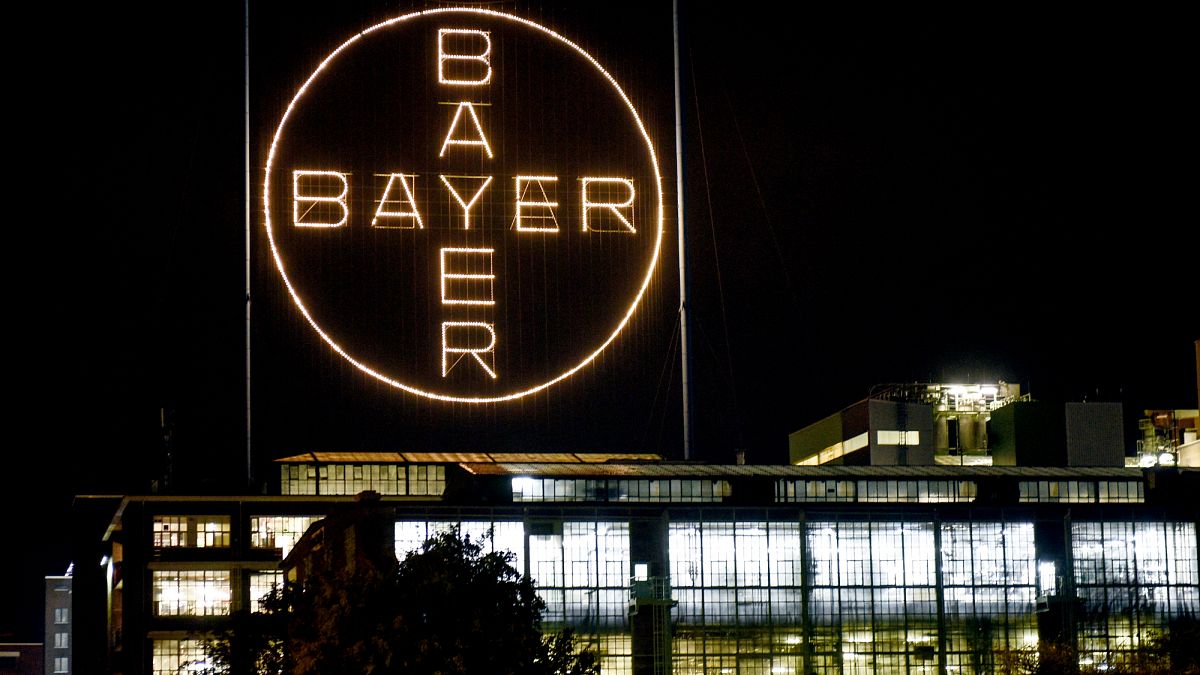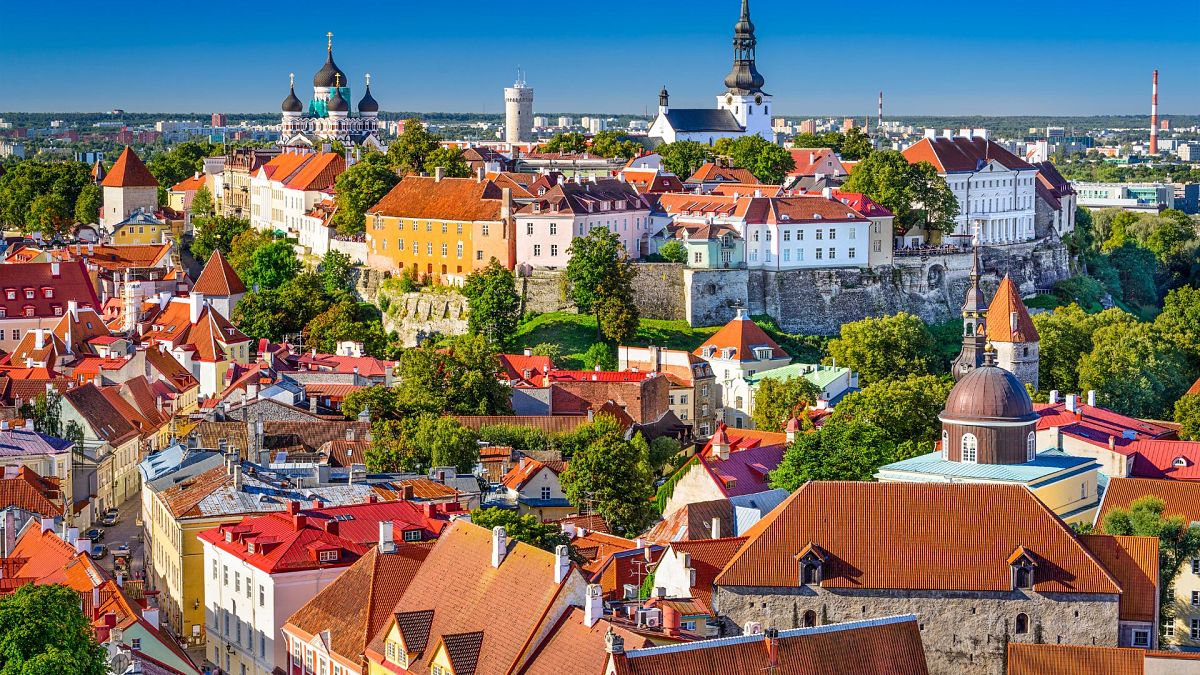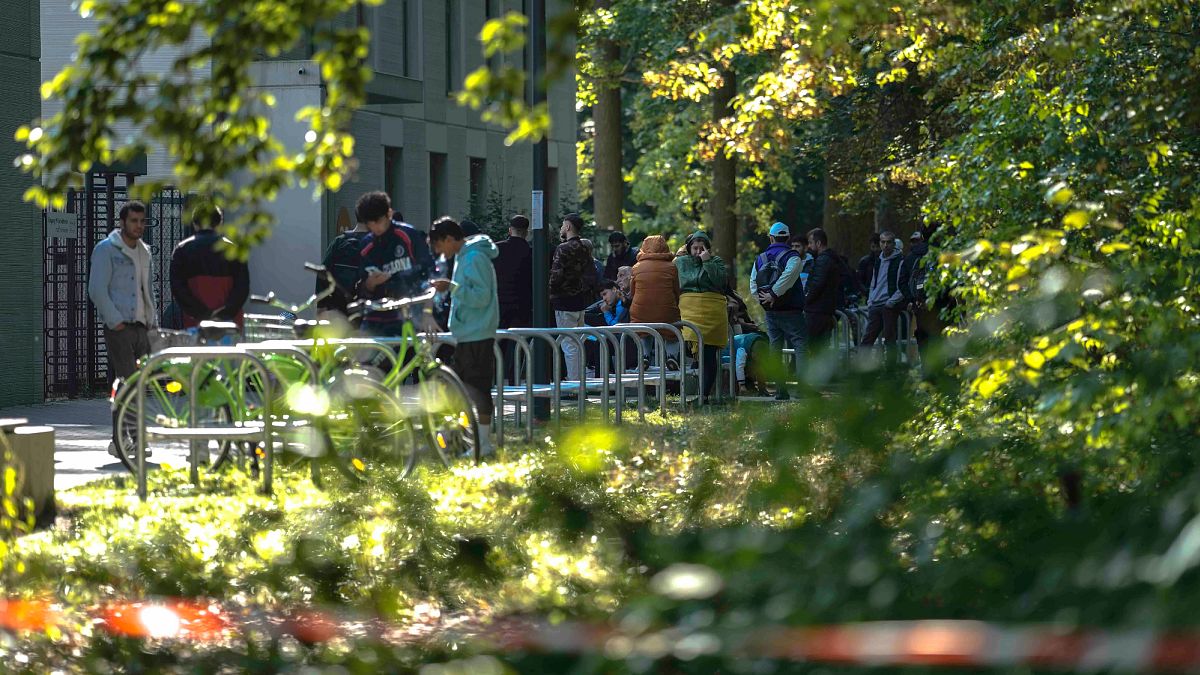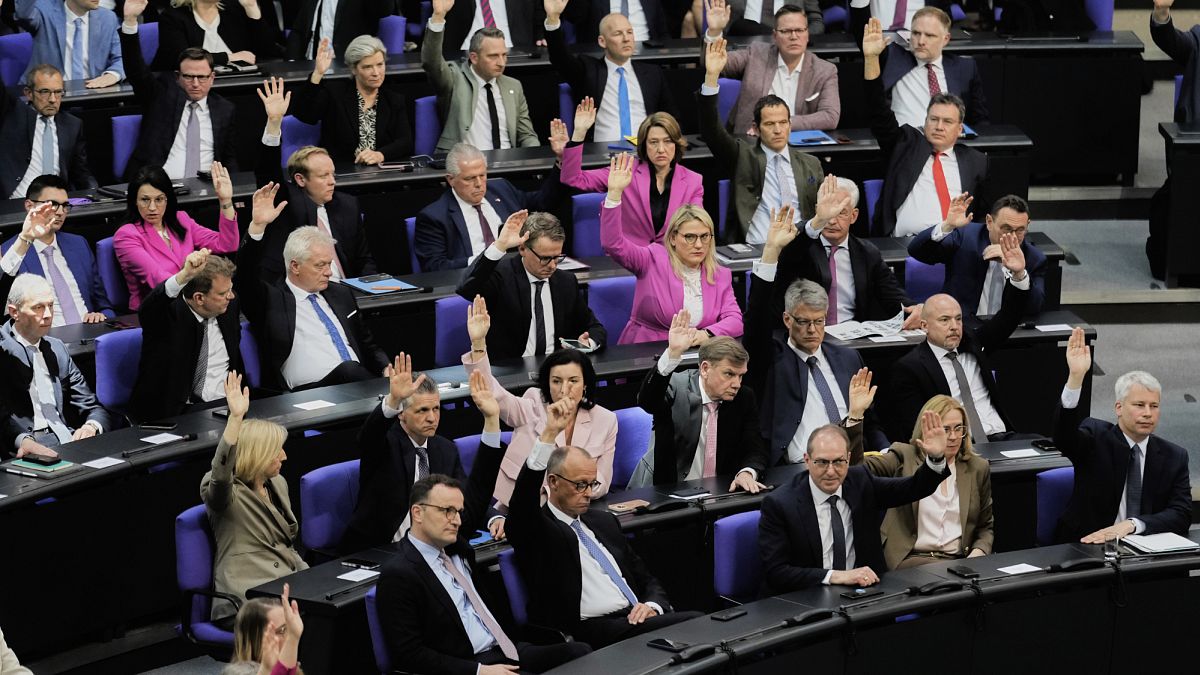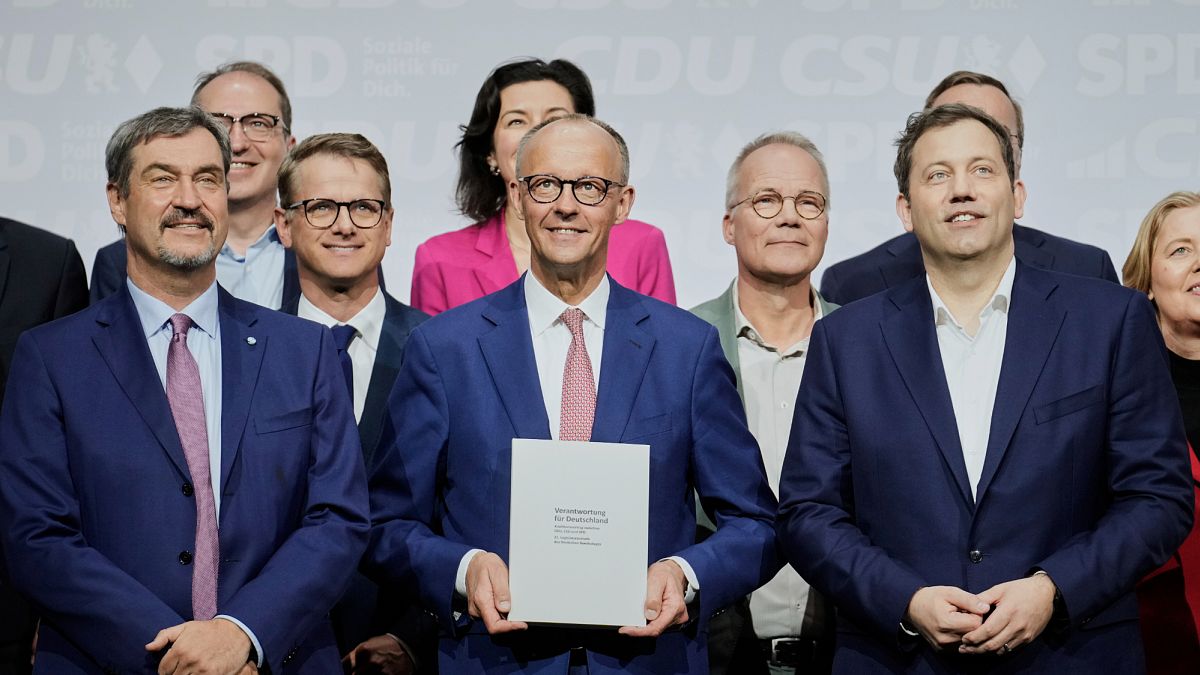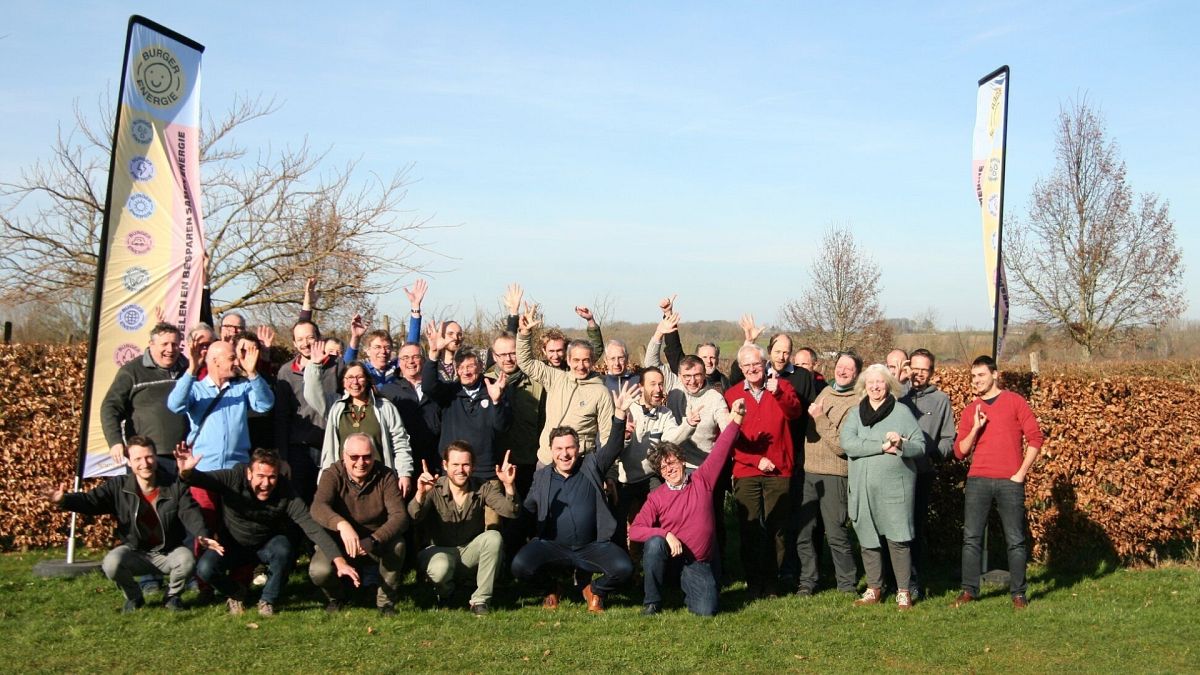Spain’s manufacturing growth for November hit by Valencia flooding
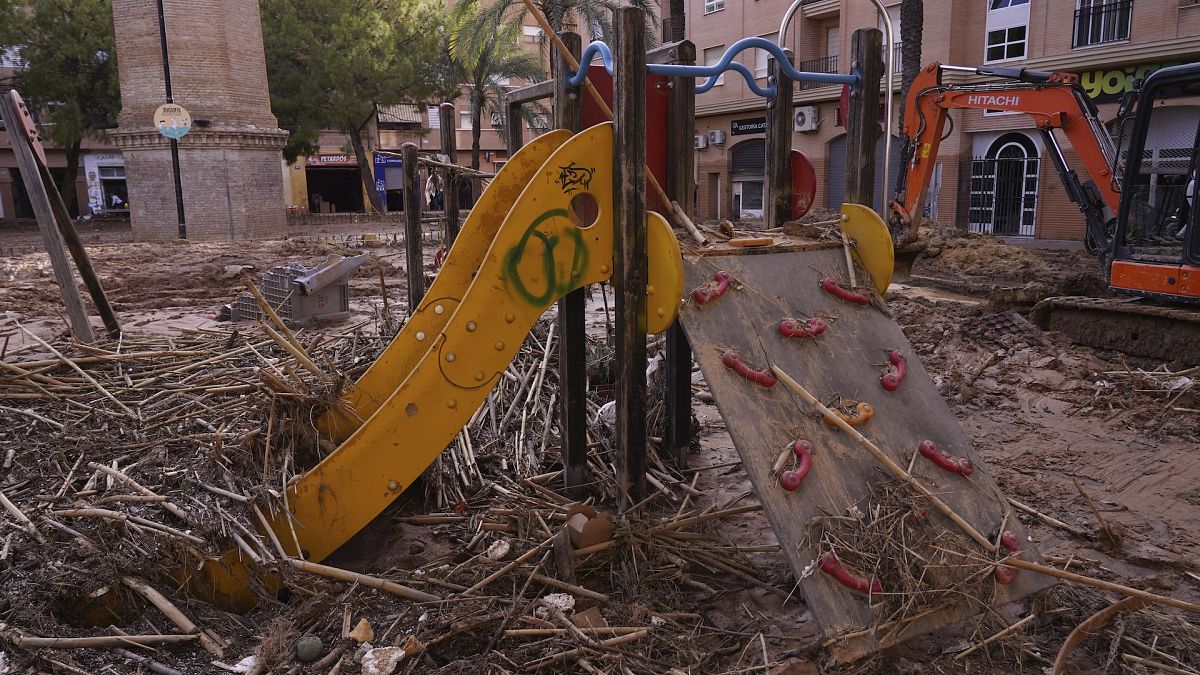
Although manufacturing growth in Spain rose at a slower rate in November because of flooding, it was still above the key 50 level. Turkish manufacturing demand inched up but German and French figures failed to offer seasonal cheer.
Spain’s manufacturing figures showed a slight fall in November, according to the HCOB manufacturing Purchasing Managers’ Index (PMI), coming in at 53.1 and down from 54.5 in October. That was less than analyst forecasts of 53.5.
Output and news orders were lower, partly due to the heavy flooding in the eastern region of Valencia which caused widespread disruption across parts of Spain from the end of October, S&P Global reported.
Even though growth was slower, it was still the 10th month in a row that Spain experienced manufacturing growth, bucking the general trend across Europe.
New export orders rose at their highest rate since September 2021, with international sales also up.
Purchasing and employment activity also rose although at a slower rate. However, inflationary pressures seemed to have come under control, with the confidence in Spain’s outlook rose to the highest level since May this year.
Turkish manufacturing demand shows signs of bouncing back
The Istanbul Chamber of Industry Türkiye manufacturing PMI for November was also revealed on Monday, increasing to 48.3, from October’s 45.8. This was the eighth month in a row that Turkey experienced economic contraction, as reflected by a PMI under 50.
However, the fall in growth was the least since May, and could point towards demand slowly starting to bounce back. Similarly, the decrease in both new export business and new orders also slowed. Output declines in November were also the smallest since April.
Job creation rose at the quickest rate since July 2023, while employment also saw a boost. However, companies still experienced difficulties in gaining new business.
French manufacturing sees steepest decline since January
The final reading for France’s HCOB manufacturing PMI for November dropped to 43.1, down from October’s 44.5. This was also below market expectations of 43.2. November’s figure marked the sharpest fall since January, while also being the 22nd month in a row of economic contraction.
New orders plunged at the fastest rate since May 2020, mainly because of flagging international demand, as well as dampened domestic demand. Demand from Germany and the US was especially slow.
As a result, inventory levels and purchasing activity also dropped, as companies focused more on protecting cash flow levels. Construction, automotive and cosmetic outputs were especially weakened, with employment also seeing a continued fall.
German manufacturing activity stays steady
The final reading for Germany’s HCOB manufacturing PMI for November came in at 43.0, the same level as October. This was slightly below analyst expectations of 43.2, highlighting that the manufacturing sector was still contracting.
New orders and output continued to fall in November, although at a slower rate than October. However, employment fell at a faster rate, as did stocks, and purchasing activity.
Competitive pressures and demand also remained weak, causing more falls in output prices, as well as input costs. Despite this, business expectations rose for the second month in a row, although economic and political uncertainty was still hitting confidence.
Source: Euro News


